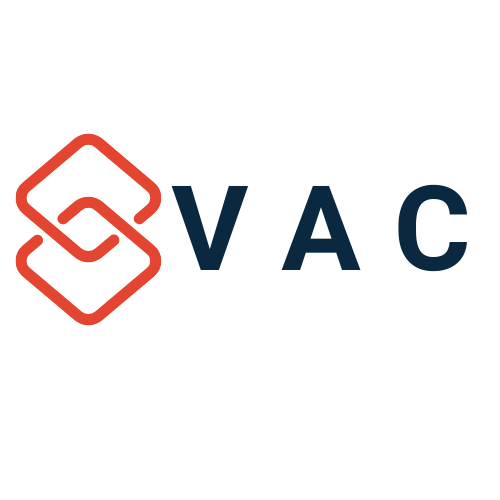Comprehensive Explanation of Interest Reserve Calculation in Construction Development
Differences Between Developer's and Lender's Calculations of Interest Reserve
In construction development, the interest reserve is a crucial component that needs to be carefully calculated. Both developers and lenders have their methodologies for calculating this reserve, which can lead to significant differences:
Developer's Perspective: Developers often consider projected leasing income during the construction term to offset the interest costs. This approach can reduce the total deal costs and enhance the project's financial feasibility.
Lender's Perspective: Lenders may adopt a more conservative approach by excluding any anticipated leasing income from the interest reserve calculation. This ensures that the loan is adequately covered regardless of the project's leasing performance, but it can also increase the total deal costs and potentially jeopardize the project's viability.
Implications of Using Leasing Income to Pay Down Construction Loan Interest
Using leasing income to pay down the construction loan's interest can significantly influence the project's financial health:
Inclusion of Leasing Income: If leasing income is considered, it reduces the interest reserve requirement, thus lowering the overall project costs. However, this strategy presupposes that the leasing income will materialize as projected, which can be risky.
Exclusion of Leasing Income: When lenders exclude leasing income, the interest reserve must cover the entire loan interest, leading to higher upfront costs. This conservative stance mitigates risk for the lender but can strain the developer's budget and increase the untrended yield on cost, a key metric that influences the project's go/no-go decision.
Strategies for Matching Lender Expectations
Ultra-Conservative Approach
For developers/operators aiming to align closely with lender expectations, an ultra-conservative strategy would involve not considering any leasing income during the construction period:
0% Leasing Income Contribution: This approach ensures the interest reserve fully covers the loan interest without relying on uncertain leasing income. While this reduces financial risk, it significantly increases the project's initial costs and may compress the yield on cost.
Aggressive Approach
Conversely, a more aggressive strategy involves assuming full utilization of projected leasing income to offset the interest costs:
100% Leasing Income Contribution: This approach minimizes the interest reserve requirement, drastically reducing upfront costs. However, it leaves no margin for error, assuming that all leasing projections will be met without delays or setbacks, which can be overly optimistic and risky.
Ideal Strategy and Target Range
A balanced and pragmatic approach lies within a target range of 25-75% leasing income contribution, depending on various factors such as:
Construction Type: The complexity and duration of the construction project can influence the ideal percentage.
Asset Class: Different asset classes (e.g., industrial, residential, commercial) have varying levels of risk and leasing potential.
Pre-Leasing Status: Projects with substantial pre-leasing commitments can afford to rely more on projected leasing income, while speculative projects should adopt a more conservative stance.
Case Analysis: Spec Industrial Project in a Stabilized Market
Project Context
Consider a spec industrial development in a relatively stabilized market with limited future competition. This scenario presents both opportunities and challenges:
Opportunities: The stable market and low competition can enhance leasing prospects, making it reasonable to factor in a portion of projected leasing income.
Challenges: As a speculative project, there are inherent uncertainties, necessitating a cautious approach.
Argument for 50% Leasing Income Contribution
Given the specifics of this project, using 50% of the projected lease-up income during the construction term strikes a balance between optimism and caution:
Balanced Risk Management: This middle-of-the-road approach acknowledges potential leasing income while maintaining a buffer for unforeseen circumstances.
Practicality: By partially including leasing income, the interest reserve requirement is reduced, alleviating some of the financial burden without assuming all leasing projections will be flawless.
Market Stability: The relatively stable market reduces the risk of significant leasing shortfalls, supporting the rationale for incorporating a moderate proportion of leasing income.
Conclusion
Calculating the interest reserve in construction development requires a nuanced understanding of both developer and lender perspectives. For a spec industrial project in a stabilized market, a 50% leasing income contribution during the construction term is a prudent and balanced strategy. It offers financial relief while accounting for market realities, thereby optimizing the project's viability and success.
